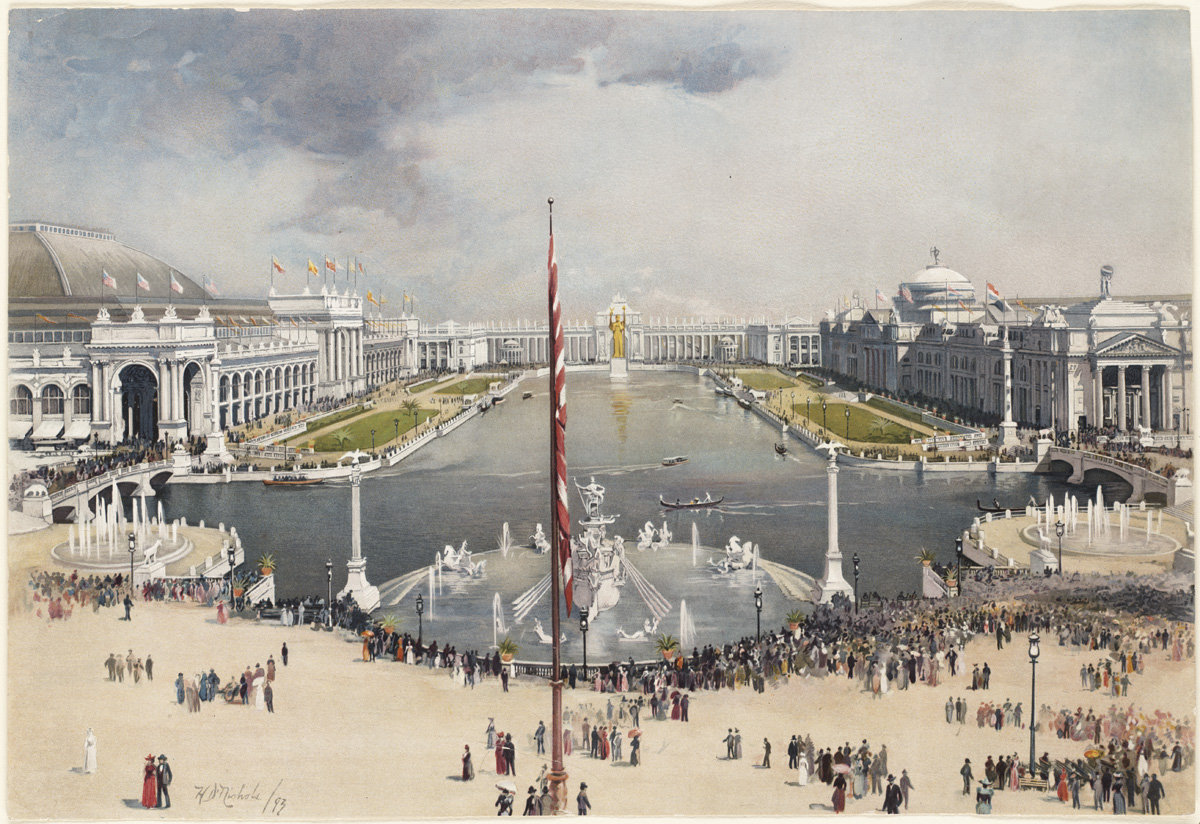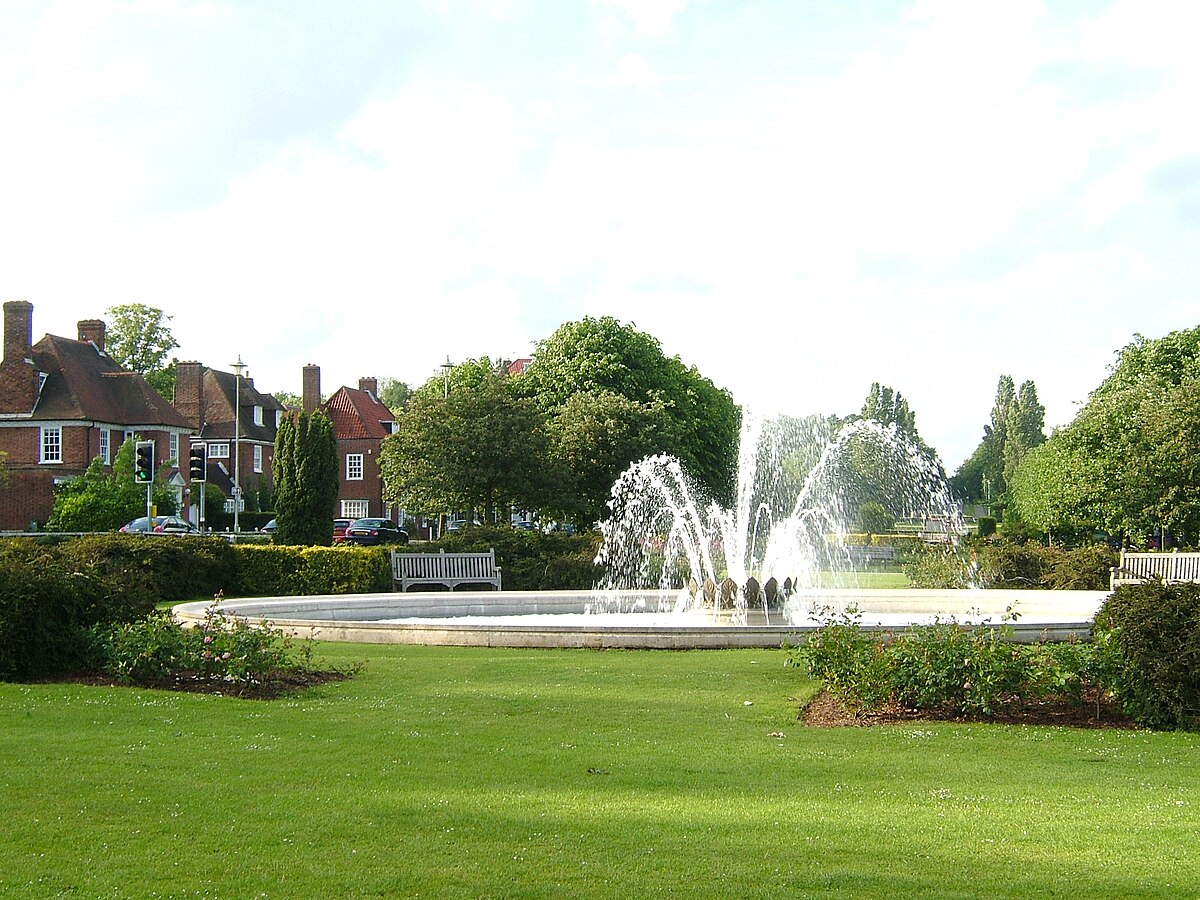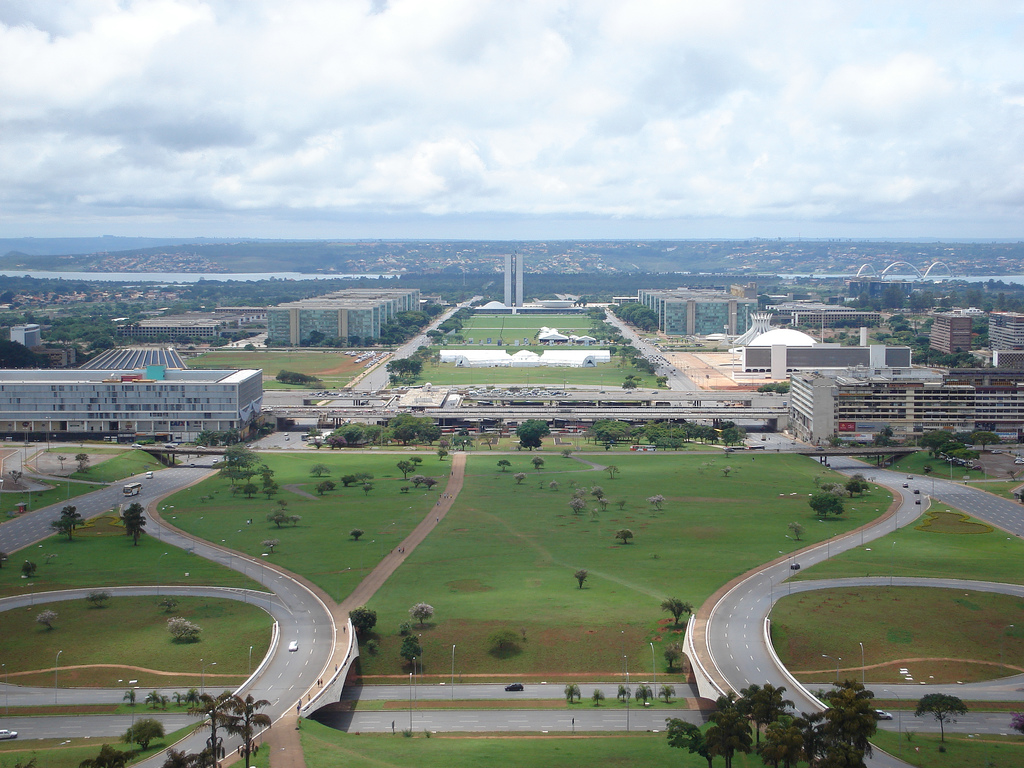🗽 A tale of three cities - an overview of The Death and Life of Great American Cities Introduction Summary

As the year has begun, I've been reading through Jane Jacob's book The Death and Life of Great American Cities.
It should be known that I am coming to this book with fresh eyes. I’ve not yet dug into how Jacob’s book fits into current thinking about the subjects.
In her introduction, Jacobs begins with her thesis:
Her work is first an "attack on current city planning" and second, an attempt to introduce new ideas about planning contrary to the then existing ideas taught.
To build on this, Jacobs presents the ideas that have been tried before. Included in this section, are antidotes from her personal work and experience and several examples of the main influencers of the area of study up to her current time.
These examples include:
- The City Beautiful Movement
- The Ville Radieuse Movement
- The Garden City Movement
As she lists each one of these movements, she presents their legacy but also where they encountered issues. This broad overview is somewhat limited considering how cities have been designed and planned since humans started calling them cities. I remember one of my favorite historical texts being how Hernan Cortes describes the city of Tenochtitlan's market square as being similar to Salamanca, Spain. No one has had the monopoly on city planning.
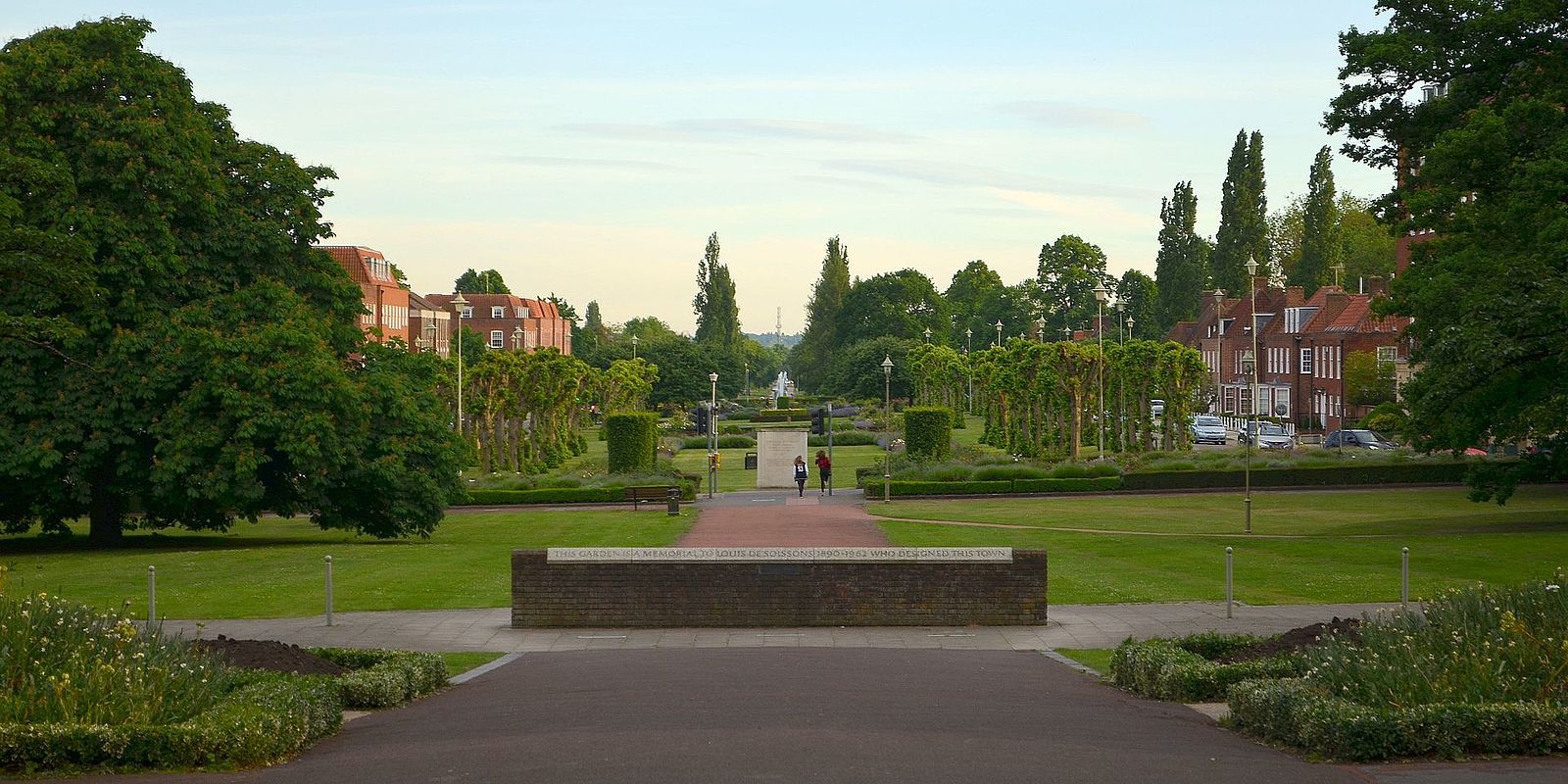
I personally enjoyed reading about these different types of planning theory. It was very interesting to see how each reflected the culture and thinking of the time. That in many ways, each of these attempts at creating sustainable cities reflected the values held by the designers.
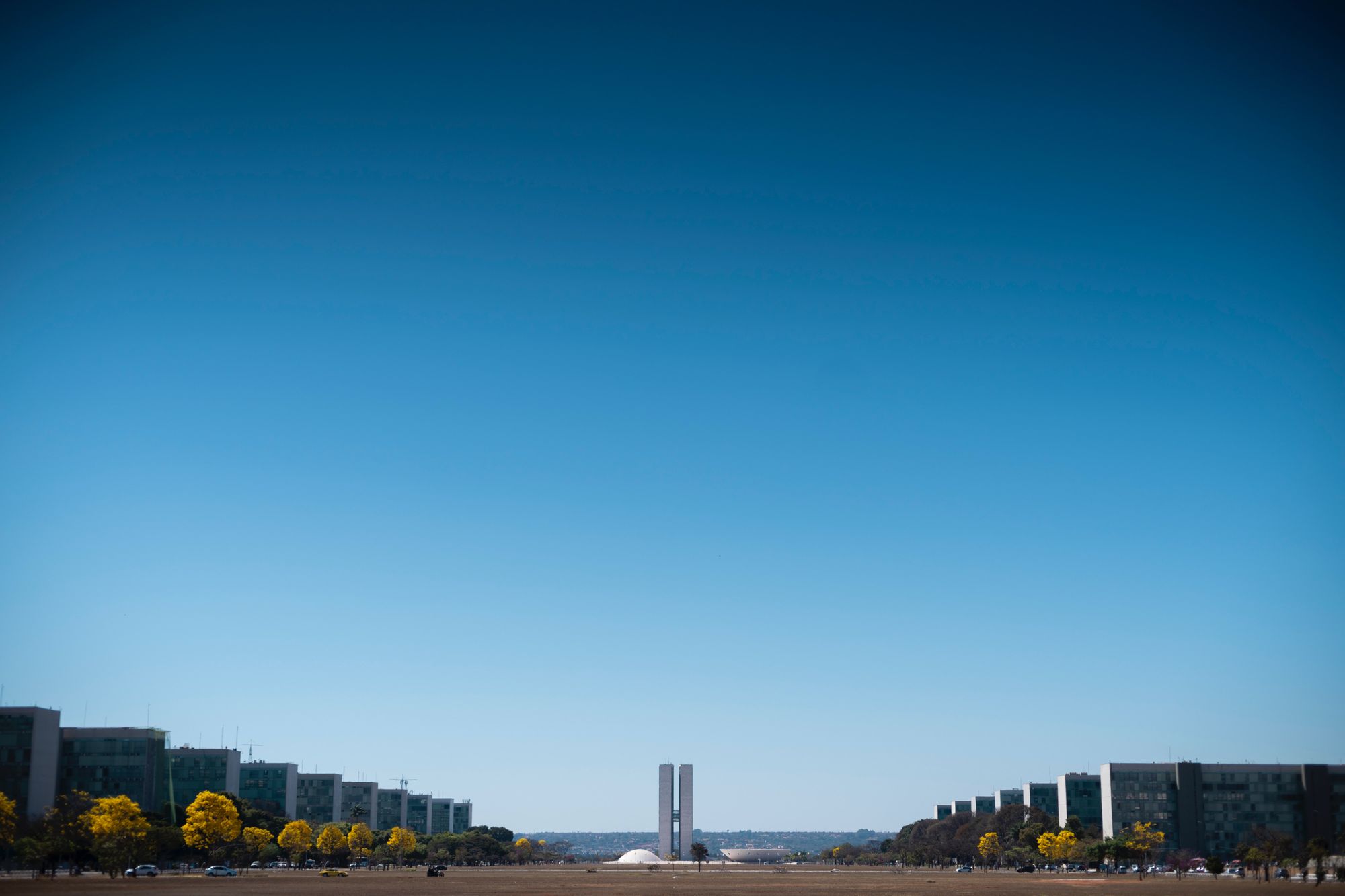
The City Beautiful movement for example was born out of social changes within the United States and the desire to “beautify” urban centers. This reflected the values of the era, the desire to pivot from a frontier nation to one with beautiful city centers and seemingly established buildings that rivaled the legacy streets of Paris and London.

As I read these sections I was reminded of the cities I've lived in and traveled to. How each of them. in some way, bear the marks of each of these movements. I think of my hometown and it's two vastly different upper broadway and lower broadways. The upper Broadway having textbook City Beautiful walkways, statues, and street design.
This books is very eye opening to history as well. Like I said before, I think about cities as they were built, but you also see the building as a touchstone to the values, aspersions, and culture of the people who live there. As I look at my own neighborhood this book has made me wonder what people will say our values were when they look back on our city.
Context is always important when reading, but I decided a simple read through would be best for this book, primary because this book comes highly recommended and it’s legacy has reached beyond it’s publication date. I want to absorb the information as presented and then form my own opinions as I go. That’s why I am summarizing this book here. I intend to use these posts as a way to work out my ideas on the subject.
If you want to read more about the movements Jacobs lists, I’ve linked them below.
